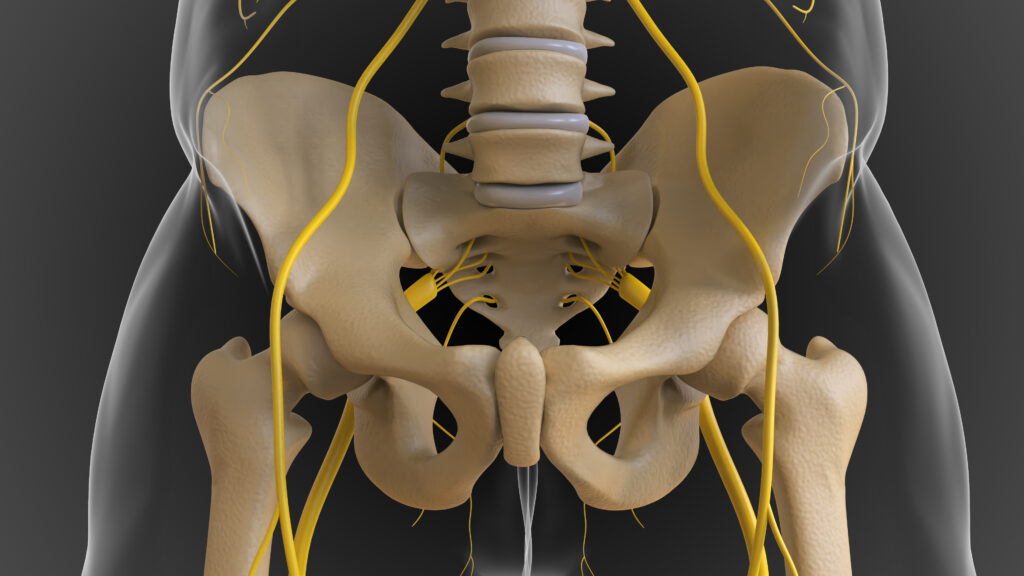Hip fractures, a common yet severe injury especially among the elderly, pose significant challenges in pain management. Effective pain control is paramount, not only to alleviate discomfort but also to facilitate mobility and rehabilitation, ultimately reducing the risk of complications. Amidst various analgesic modalities, the Pericapsular Nerve Group (PENG) block has emerged as a revolutionary approach, characterized by its efficacy, safety, and relative simplicity.
The PENG block, first introduced around 2018, targets the articular branches of the femoral, obturator, and accessory obturator nerves, which innervate the anterior hip joint capsule. By desensitizing these nerves, the PENG block effectively alleviates pain associated with hip fractures. Administered with a local anesthetic, it allows for pain relief without the complete loss of motor function, a feature that distinguishes it from other regional anesthesia techniques.
The application of the PENG block is methodical. Physicians use ultrasound guidance to ensure precise placement of the needle, minimizing the risk of complications. The patient is positioned supine, and the ultrasound probe is placed transversely to identify the iliopubic eminence, pectineus, and femoral vessels. The anesthetic is then administered into the fascial plane, located between the psoas tendon and the pubic ramus, ensuring the blockage of the pertinent nerves.
One of the notable benefits of the PENG block is the preservation of motor function. Traditional nerve blocks, such as the femoral nerve block, often result in motor blockade, limiting the patient’s mobility. However, with the PENG block, patients can potentially move with assistance, promoting early mobilization. This not only accelerates physical recovery but also mitigates the risk of thromboembolic events, common postoperative complications.
Furthermore, the PENG block exemplifies a safer profile compared to systemic opioids, which have been conventionally used for pain management. Opioids, though effective, are associated with a plethora of side effects, including respiratory depression, constipation, nausea, and the potential for addiction. In contrast, the PENG block delivers localized anesthesia, curtailing systemic side effects and offering a tailored approach to pain management.
The patient-centric nature of the PENG block is underscored by its adaptability. It is suitable for a diverse patient population, including those with contraindications to opioids or spinal anesthesia. For older adults, who often present with multiple comorbidities and polypharmacy, the PENG block emerges as a preferable option, mitigating the risk of drug interactions and adverse effects.
Despite its myriad advantages, practitioners should approach the PENG block with diligence. Proper training in ultrasound guidance is essential to optimize the efficacy of the block and minimize the risk of complications. Moreover, individualized patient assessment is paramount to ensure that the PENG block is the most appropriate modality for pain management, considering the patient’s specific medical history, comorbidities, and overall health status.
In conclusion, the PENG block epitomizes a shift towards personalized, effective, and safe pain management for patients with hip fractures. As clinical experience and research continue to accumulate, refining the technique and expanding its applications, the PENG block promises to be a cornerstone in the multidimensional approach to managing pain, enhancing patient comfort, and improving overall outcomes in hip fracture care. This innovative technique underscores the integration of precision, safety, and efficacy, marking a significant stride in the evolution of pain management.
